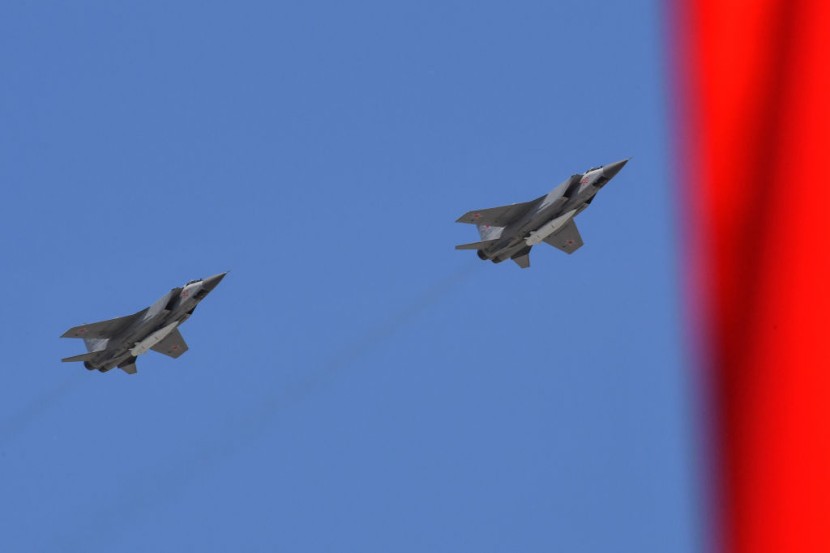
Equipping ships with Zircon hypersonic cruise missiles is just the start, with mobile launchers capable of deploying them in the works.
The next-generation hypersonic missile was delivered in 2019 and installed on older Udaloy Class destroyers and newer Gremyashchiy Class stealth corvettes.
Russian Federation's Lethal Missile System
The armament has been tested from attack submarines and the primary weapon of Kirov class nuclear cruisers, equipping the Kuznetsov Class aircraft carrier once finished in dry dock, reported Military Watch.
Other platforms planned will be on planes and even a ground launcher to attack targets like NATO and American targets.
The limitation of the Intermediate-Range Nuclear Forced treaty kept Russia and the US from using land-based tactical systems over 500 km, and the Zircon is double that. If the US did not leave the treaty, then Vladimir Putin would not allow the development.
The Zircon's predecessor, the shorter-ranged and slower P-800, is still regarded as one of the world's most proficient anti-ship cruise missiles, with a Mach 3 speed.
The Bastion has demonstrated itself in a land-attack role since the February outbreak of the Russian-Ukrainian War. Zircon is capable of surgical strikes against land objectives with such a reach that is considerably longer and faster.
Capable of Mach 9 and started mass production by December 2021, though it looks the same as Bastion and Kalibr cruise missiles for quickly loading into existing vertical launch cells equipping Russian warships.
The Zircon hypersonic cruise missiles are set to enter service by the end of 2022, according to Russian state media outlet TASS, citing defense ministry sources.
It was established at NPO Mashinostroyeniya in Reutov near Moscow, citing TASS.
The missile
According to the sources, it would also be capable of attacking ground targets. Enables Russia to deny potential enemies access to vast regions of sea or ocean irregularly.
According to the sources, the missile would also be capable of attacking ground targets.
Sources further highlighted that the missile would be capable of attacking ground targets. It provides Russia with an asymmetric means of denying adversaries access to large areas of sea or ocean.
Even without the destructive power of its warhead, its overwhelming speed is assumed to be adequate to disable even larger warships with a single well-placed impact due to the amount of kinetic energy induced.
So far, the US has nothing equal in anti-ship cruise missile classes, even if the two superpowers have their hypersonic programs with Russia in the lead.
With the ability to launch from low-cost mobile launch vehicles and hit targets very far and rapidly, this missile will become a crucial element of Russia's defense system in the future, augmenting the Russian Army's current reliance on shorter-ranged Iskander ballistic missiles.
Other Russian missiles include the larger Kh-47M2 hypersonic ballistic missiles launched by MiG-31K strike fighters and Tu-22M3 bombers.
The addition of the Zircon hypersonic cruise missiles complements other missiles in defending Russian and will give the US and NATO a headache if they decide to anger Russia.
© 2025 HNGN, All rights reserved. Do not reproduce without permission.








